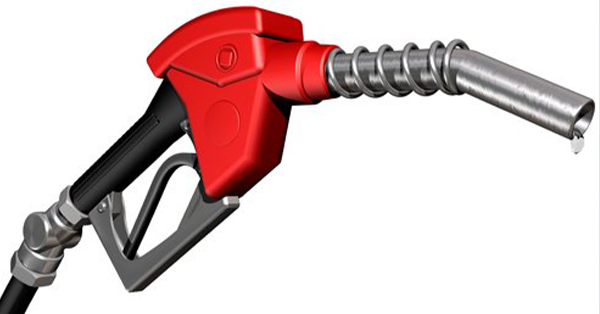- Joined
- Sep 22, 2020
- Messages
- 37
- Reaction score
- 10
- Points
- 8
- Age
- 64
- Model
- Sailfish
Hi, I have a 2003 Sailfish 282 with twin 4 stroke 225 Yamahas each at 1150 hours2. I have 2 gas tanks. The Main is 150 gallons and the auxillary is 50 gallons. The auxillary is full and the main is only about 1/4 full. I typically fill the tanks and add Yamaha fuel stabilizer over the winter months. The boat is out of the water from November to March as I in the Northeast.
So everyone I talk to and what I see online says to fill the tanks and add stabilizer. My mechanic just winterized the engines and he is telling me NOT to fill the main tank. He says that he would rather have a fresh tank of gas to start off the season rather than a full tank with stabilizer.
I'd love to hear anyone's thoughts on this one?
Thanks!
So everyone I talk to and what I see online says to fill the tanks and add stabilizer. My mechanic just winterized the engines and he is telling me NOT to fill the main tank. He says that he would rather have a fresh tank of gas to start off the season rather than a full tank with stabilizer.
I'd love to hear anyone's thoughts on this one?
Thanks!


